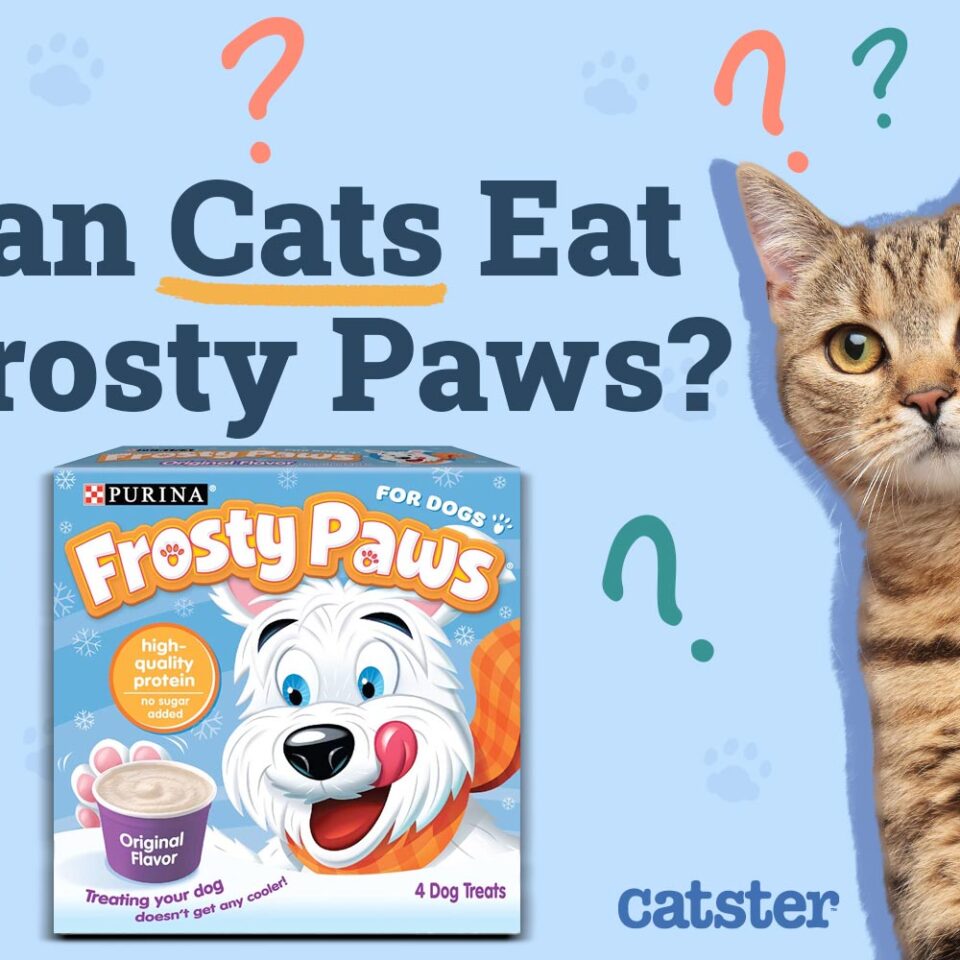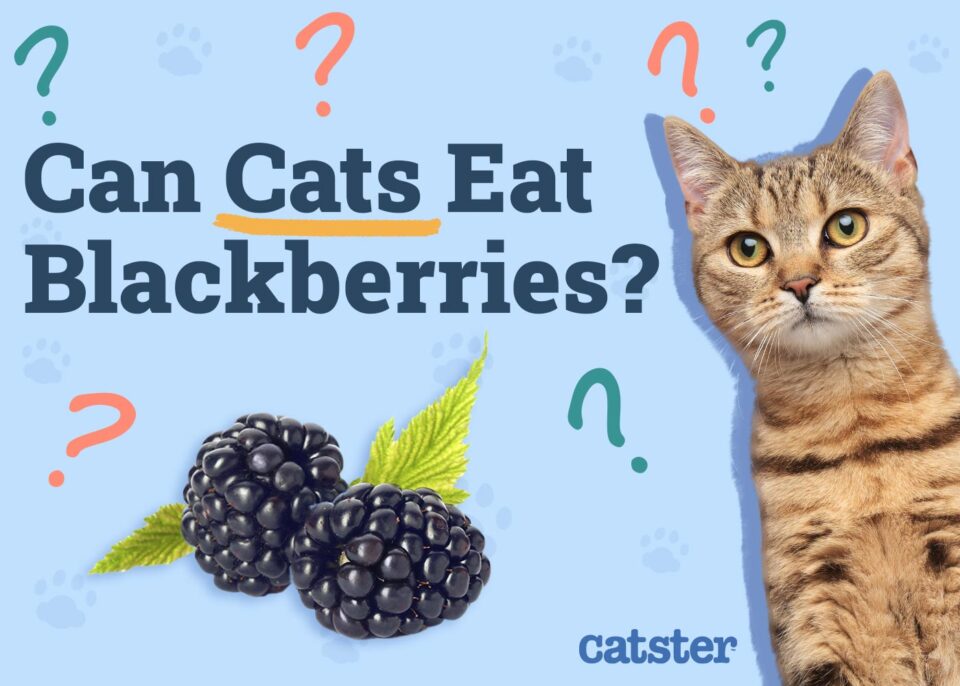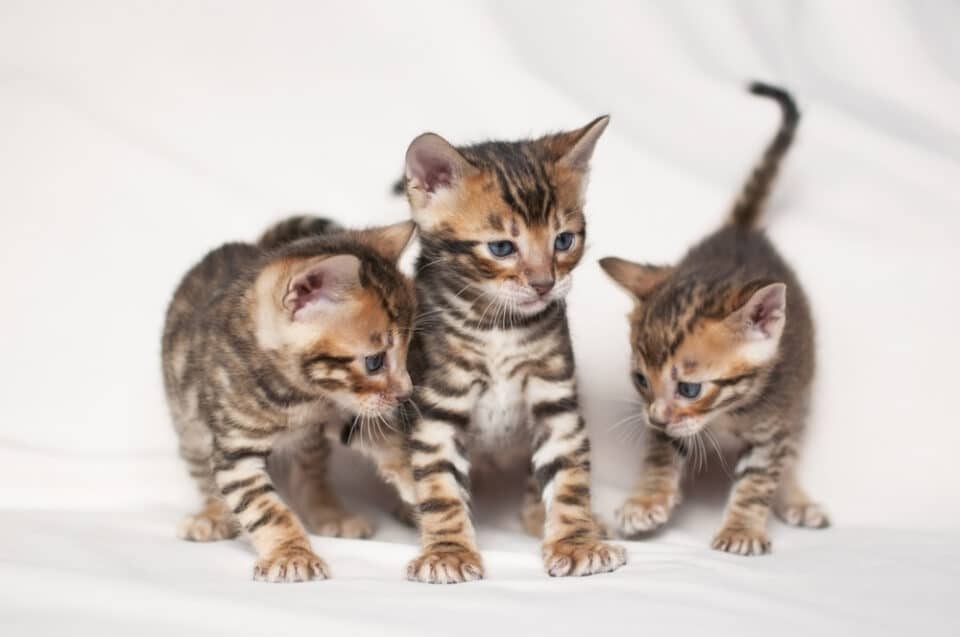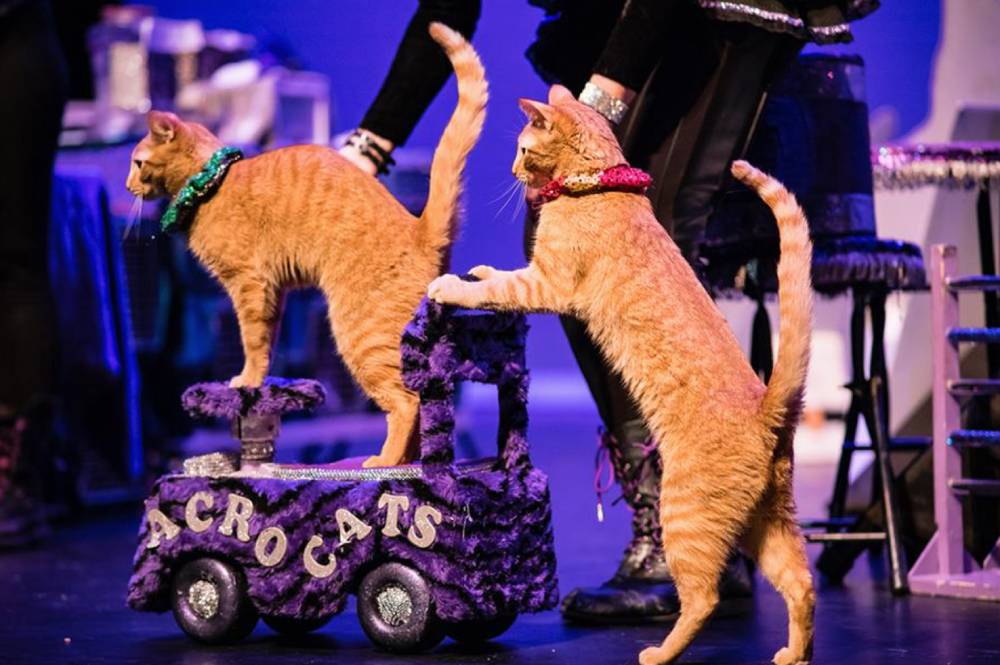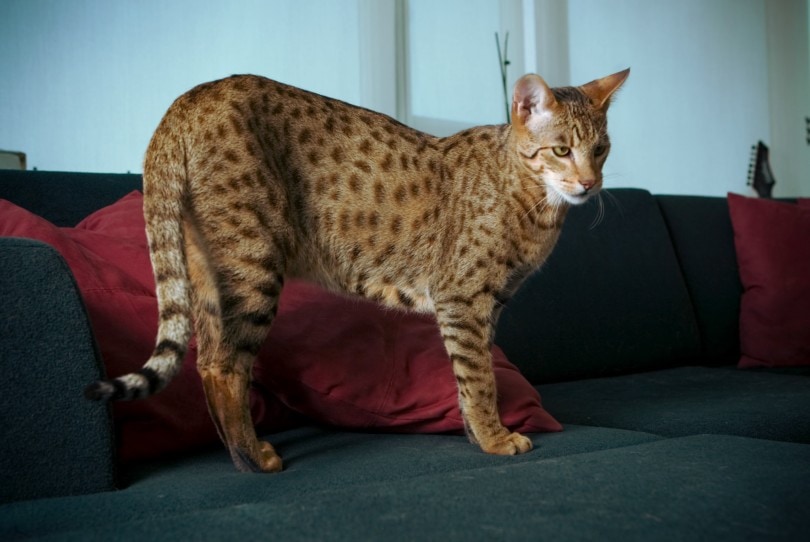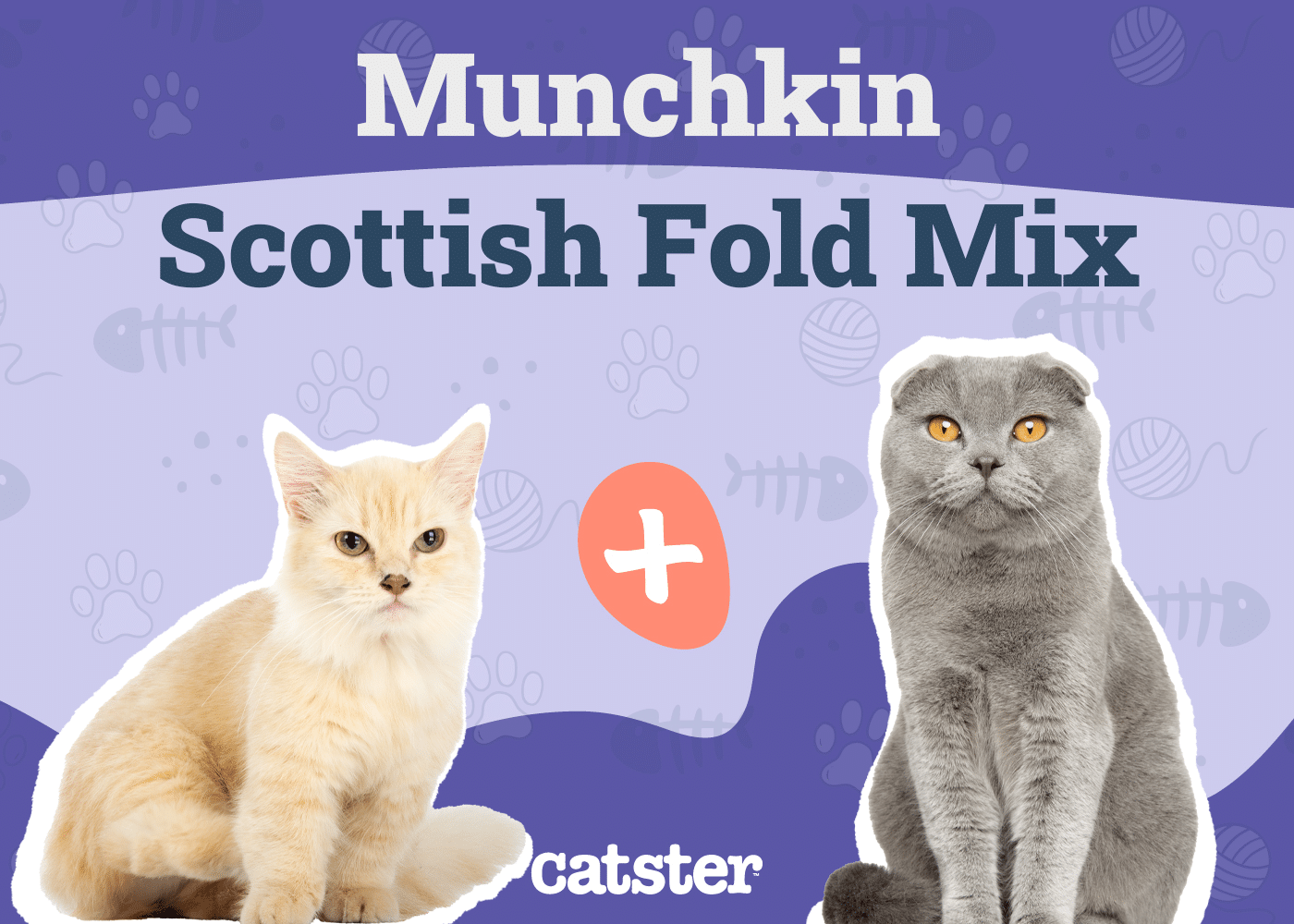If you’ve ever wondered whether your cat can indulge in those Frosty Paws treats meant for dogs, you’re not alone. They might catch your feline friend’s attention during snack time, but letting your kitty dive into this icy delight isn’t as straightforward as you might think.
Frosty Paws, those frozen treats tailored for our canine pals, seem like a tempting option to share with cats in a multi-pet home. However, it’s key to remember the distinct differences between what cats and dogs can safely enjoy. While Frosty Paws aren’t toxic to felines, they’re certainly not built with cats’ taste buds or dietary needs in mind.
Manufactured as refreshing dog snacks, Frosty Paws contain ingredients like yogurt and peanut butter, excellent for most dogs but less so for cats. Kitty palates just aren’t set up to digest these elements as smoothly. Some ingredients, such as dextrose or peanuts, pose risks if a cat eats too much. Cats, being obligate carnivores, have unique dietary needs revolving around animal-based proteins and amino acids found mostly in meat. Deviating from this can cause health issues.
Despite their appeal, a diet high in Frosty Paws isn’t wise for cats. These doggy treats balance proteins, fats, and carbohydrates for a dog’s metabolic needs, not a cat’s. Cats require more protein and less carbohydrate, meaning Frosty Paws could upset a feline’s tummy, cause weight issues, or lead to nutrient imbalances.
Curious cats might occasionally sneak a lick or a bite of Frosty Paws, and in small amounts, it’s generally harmless. Yet, letting Frosty Paws become a regular feline treat might lead to digestive troubles or worse. Ingredients like lactose in yogurt can be particularly troublesome since many adult cats are lactose intolerant.
If human ice cream is on your radar as a cat treat alternative, think twice. Like Frosty Paws, it’s not aligned with what cats need. Most human ice cream contains lactose, leading to possible digestive distress in your lactose-intolerant kitty. Also, many ice creams carry other ingredients not suitable for cats.
For a cat on hot days, safer cold treats are out there. Try freezing portions of wet cat food or making ice cubes with diluted tuna water or chicken broth. These align more closely with a cat’s diet, ensuring they stay cool without the digestive gamble. Check the pet store shelves for cat-specific frozen treats too.
For any concerns about what’s best to feed, an online vet consultation might help. Services like PangoVet allow you to chat with a veterinarian conveniently. Veterinary advice is crucial when considering dietary changes or introductions for your pet.
Frosty Paws might shout fun and frosty, but they’re not truly suited for our feline friends. Cats deserve snacks that cater to their needs, especially in hot weather. Choosing cat-specific alternatives ensures their health and happiness, leaving Frosty Paws for the pups.
